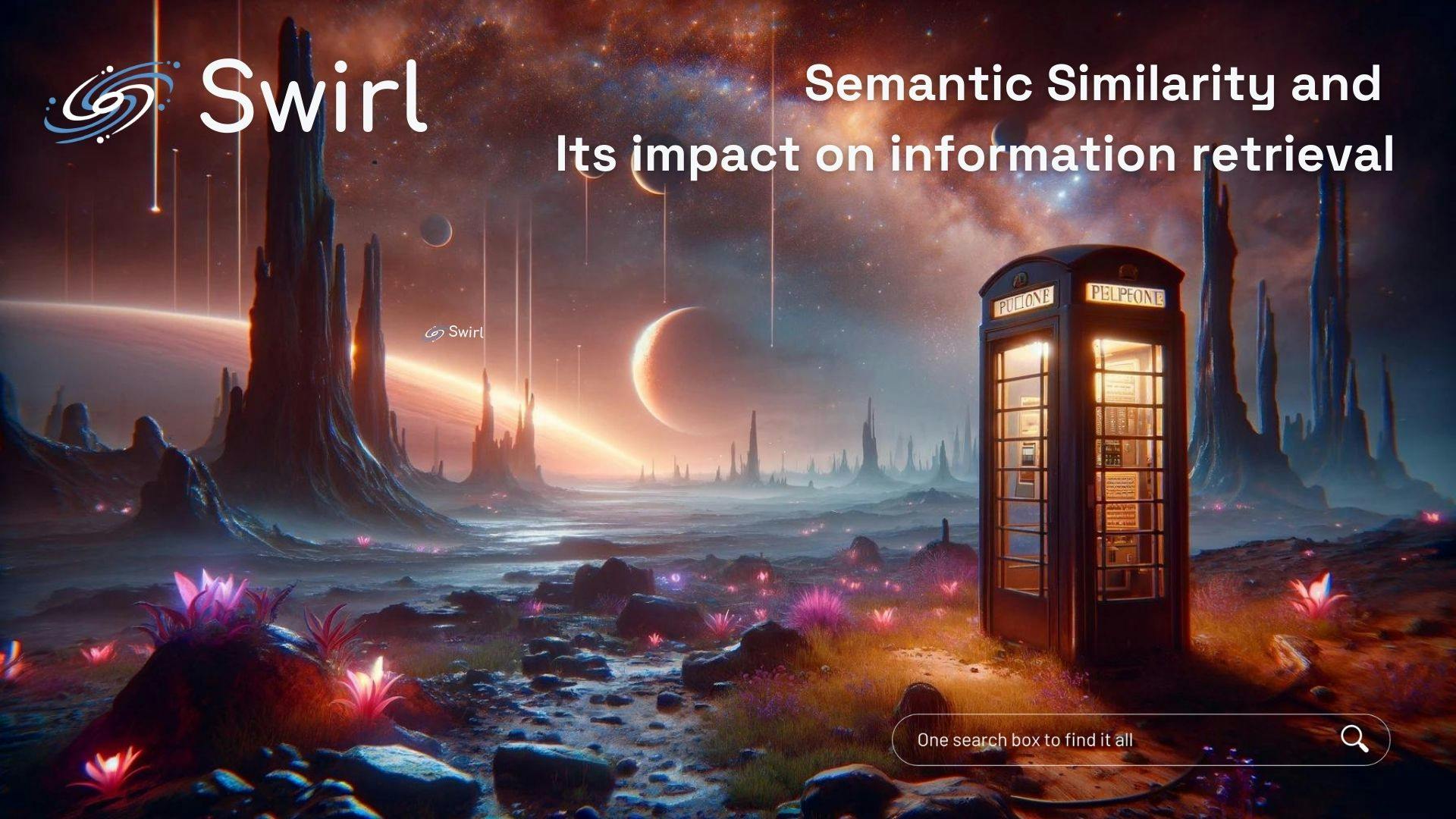Understanding Semantic Similarity and its Impact on Information Retrieval

Semantic similarity measures how similar two pieces of text are in meaning rather than just the words used. It is a branch of artificial intelligence and natural language processing that deals with understanding the meaning of words and phrases.
Semantic similarity is used in various applications, including information retrieval, machine translation, and sentiment analysis.
This concept is crucial in computational linguistics and artificial intelligence, where understanding and reasoning about language is critical.
How Does Semantic Similarity Work?
Semantic similarity works by analyzing the similarity in meaning between words, phrases, sentences, and documents. It goes beyond just looking at syntactical similarity and examines the conceptual relatedness between linguistic items.
Some key ways semantic similarity is measured include:
- Comparing word embeddings – Words that appear in similar contexts will have identical vector representations in embedding models like Word2Vec. The distance between embedding vectors indicates semantic similarity.
- Using knowledge bases – The relatedness between concepts in semantic networks like WordNet can be leveraged. Words and phrases linked closer together are judged as more semantically similar.
- Leveraging corpus statistics – The distributional hypothesis states words with similar meanings occur in similar contexts. Statistics like frequency across corpora are indicators of semantic similarity.
- Hybrid approaches – Combining techniques like corpus statistics, knowledge bases, and word embeddings to calculate semantic similarity.
These techniques allow semantic similarity algorithms to go beyond surface form and explore deeper language meaning.
Where Semantic Similarity Is Used?
Measuring semantic similarity has many applications in natural language processing and information retrieval:
- Search engines – Retrieve documents relevant to the semantic meaning of queries, not just matching keywords.
- Document clustering – Group documents by semantic topics even if they don’t contain the exact words.
- Text summarization – Identify and extract semantically essential sentences.
- Paraphrase detection – Determine if two text segments have the same meaning using semantic similarity.
- Machine translation – Translate text to another language while preserving semantic meaning.
- Recommendation systems – Suggest semantically related items, not just based on keywords.
- Sentiment analysis – Semantic similarity can be used to analyze text sentiment.
Semantic similarity allows systems to understand the meaning behind language and improve performance on numerous NLP tasks.
Transforming Search and Information Retrieval
Traditional search engines rely on keywords to match queries to documents. This can lead to inaccurate results, as documents that contain the same keywords may not have the same meaning. Semantic similarity can help overcome this limitation by considering the meaning of words and phrases. This can lead to more accurate and relevant search results.
In addition, semantic similarity can be used to find relationships between different pieces of data.
Semantic similarity is transforming search and information retrieval in significant ways:
- Enables concept-based search – Users can find information using conceptual queries, not just keywords. This improves discoverability dramatically.
- Removes lexical ambiguity – Distinguish between meanings of words with multiple senses using semantic disambiguation, improving relevance.
- Connects related content – Recommend content related to meaning, not lexical expression. This exposes users to more diverse yet meaningful information.
- Understand user intent – Measure semantic equivalence between queries and documents to better grasp user search goals and needs. This leads to increased user satisfaction.
Semantic search is powered by semantic similarity, which gives users capabilities more aligned with how humans think about information. It reaches beyond syntactical search to the very concepts and meanings embodied in language.
Conclusion
Semantic similarity remains an active area of research and development in natural language processing. As techniques continue to improve, semantic similarity will become even better at assessing the meaning behind language. This will enable many new applications in search, text analysis, content recommendations, and artificial intelligence systems to be more aligned with human communication.
